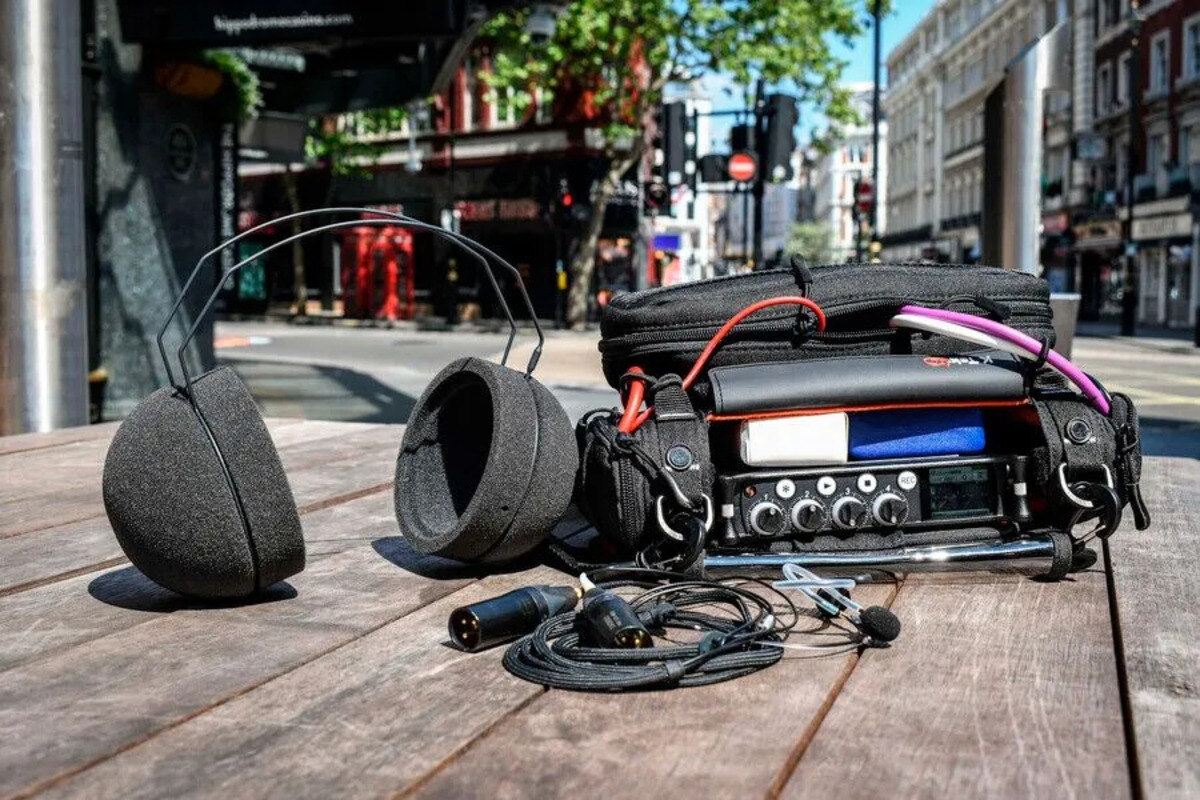
Preserving Voices for Future Generations
Every voice holds a story, and oral histories provide a powerful way to capture personal experiences, cultural traditions, and family memories. Whether it’s a grandparent sharing childhood tales or a community leader recounting historical events, knowing the best tools for recording and archiving oral histories ensures these stories won’t be lost to time.
With the right tools, anyone can document and preserve spoken narratives for future generations. High-quality recordings allow listeners to experience emotion, nuance, and authenticity that written words alone cannot convey. Proper archiving also ensures that these voices remain accessible for years to come.
This guide explores the best tools for recording and archiving oral histories, from microphones and recorders to digital storage solutions. Choosing the right equipment and storage method makes it easier to collect, organize, and share personal narratives in a meaningful way.
Selecting the Right Recording Device
The quality of an oral history recording starts with the right device. A good recorder captures clear audio, minimizing background noise and ensuring every word is preserved with accuracy.
For professional-quality recordings, portable digital recorders like the Zoom H4n Pro or Tascam DR-40X offer excellent sound clarity, built-in microphones, and external input options. These devices work well for sit-down interviews, group conversations, and field recordings.
Smartphones provide a convenient alternative, especially with apps like Rev or Otter.ai that enhance audio clarity. While mobile recordings may lack studio-level quality, they allow for spontaneous interviews and easy sharing. Using an external clip-on microphone can improve sound capture on mobile devices.
Choosing the Best Microphone for Interviews
A good microphone makes a significant difference in recording quality, eliminating echoes and reducing background noise. The right choice depends on the setting and the number of speakers involved.
Lavalier microphones, such as the Rode SmartLav+ or Audio-Technica ATR3350xiS, clip onto a speaker’s clothing, making them ideal for one-on-one interviews. They provide consistent sound levels while allowing natural movement.
For group recordings, a shotgun microphone like the Rode NTG2 or a tabletop condenser mic such as the Blue Yeti can capture multiple voices with clarity. These options work well for roundtable discussions or panel interviews.
Using Audio Editing Software for Clarity
Once a recording is complete, editing software can enhance sound quality, remove distractions, and improve storytelling flow. Even simple edits can make a recording more polished and engaging.
Audacity is a free, user-friendly tool that allows users to reduce noise, adjust volume levels, and cut unnecessary pauses. For more advanced editing, Adobe Audition offers professional-grade tools to refine audio and add effects.
For those working with multiple interviews, Descript provides transcription and editing features that allow users to edit audio as if they were editing a text document. This makes it easier to organize long recordings and create digestible soundbites.
Organizing and Tagging Audio Files
Without a proper organization system, recorded histories can become difficult to find and use. Labeling and categorizing files helps ensure easy access and long-term preservation.
A simple folder system can keep recordings structured. Naming files with the speaker’s name, interview date, and topic (e.g., “John_Smith_WWII_Stories_2024.wav”) prevents confusion and makes searching more efficient.
Metadata tagging adds another layer of organization. Tools like MP3Tag or Adobe Bridge allow users to embed details such as location, keywords, and historical context directly into audio files. This information stays with the recording, even when moved or shared.
Transcribing for Accessibility and Preservation
Transcriptions make oral histories more accessible, allowing researchers, family members, and historians to read and analyze conversations. Written records also serve as backups in case of audio file corruption.
Automated transcription tools like Otter.ai and Sonix offer fast, AI-powered transcription with high accuracy. For critical interviews where precision matters, human transcription services such as Rev provide professional-quality results.
Pairing transcripts with time-stamped audio sections makes it easier to locate key moments in long interviews. This approach works well for storytelling projects, documentaries, and archival research.
Choosing a Secure Storage Solution
Once recordings are collected and edited, storing them securely ensures they remain available for future generations. Reliable storage prevents loss due to hardware failure, accidental deletion, or technological obsolescence.
Cloud storage services like Google Drive, Dropbox, or iCloud offer easy access and sharing capabilities. For long-term preservation, archival platforms like the Library of Congress’ National Jukebox or Oral History Metadata Synchronizer (OHMS) provide structured storage with metadata support.
Physical backups, such as external hard drives or DVDs, add an extra layer of security. Storing copies in multiple locations helps prevent accidental data loss.
Sharing Oral Histories with a Wider Audience
Preserving oral histories is only part of the process—sharing them brings stories to life and ensures they reach the right audience. Digital platforms make it easy to distribute and showcase recordings.
Podcasting offers a compelling way to present oral histories. Platforms like Anchor and Buzzsprout allow users to create and publish recordings in an engaging format, complete with introductions and background music.
For families and local history projects, creating a website or YouTube channel dedicated to oral histories provides a visually appealing way to share personal narratives. Embedding transcripts, photos, and historical context enhances the experience.
Keeping Voices Alive for the Future
Recording and archiving oral histories is a meaningful way to preserve personal and cultural narratives. The voices of loved ones, community members, and historical figures offer insights that written records alone cannot capture. These spoken memories provide emotional depth, tone, and personal nuances that connect listeners to the past in a way that text alone often fails to achieve.
By selecting the right tools, maintaining organized archives, and sharing stories with others, these voices can continue to inspire and educate for generations. Whether through podcasts, digital archives, or personal collections, every recorded story contributes to a larger human tapestry—one that keeps history alive in its most authentic form. Careful preservation also ensures that future generations can hear firsthand accounts of significant moments, allowing them to understand history through the voices of those who lived it.
As technology evolves, the way we record and store oral histories will continue to improve. New advancements in artificial intelligence and digital preservation are making it easier to enhance old recordings, transcribe interviews, and share stories across platforms. By embracing these innovations while staying true to the personal nature of storytelling—and by using the best tools for recording and archiving oral histories—we can ensure that oral histories remain a vital part of our cultural heritage, bridging generations and keeping voices from the past alive for the future.

